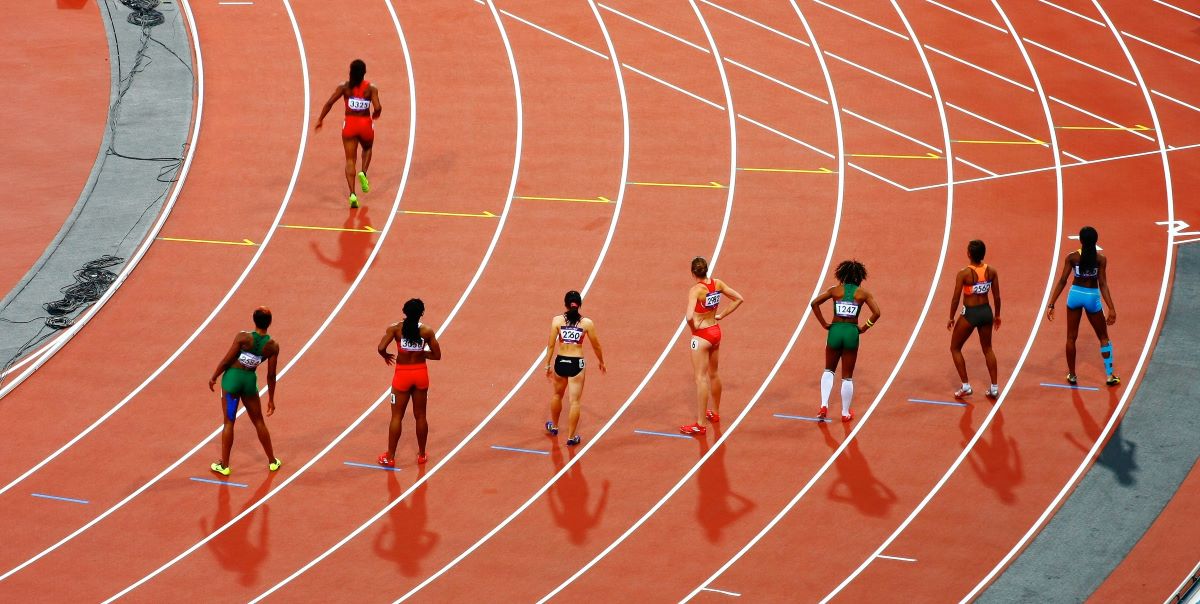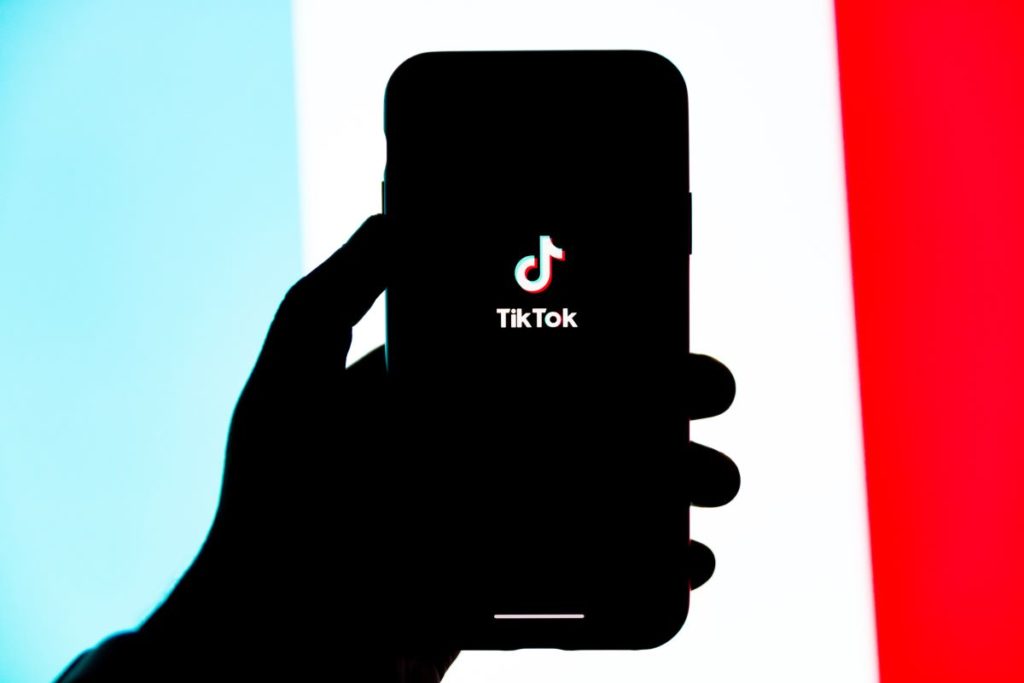
The channels, athletes and brands who clinched a gold medal in our book.
The recently concluded Tokyo 2020 Olympic Games was perhaps the first truly digital iteration of the event. With barely any in-person spectators and much of the world stuck at home due to Covid-19 lockdowns, all eyes were glued to broadcast and social media platforms as athletes swam, sprinted, and flipped their way to eternal glory.
Of course, the presence of such a rapt global audience had huge content marketing implications – and many were quick to take full advantage of this golden opportunity. This included athletes posting candid videos on their social media channels; advertisers flooding event streams with big-money campaigns; and brands leveraging timely happenings to promote themselves.
Here’s who we think knocked it out of the park.
Broadcasters that captured the nation
Despite historically low viewership figures, some broadcasters fared better than others. Opening ceremony telecasts by NBC in the US and the UK’s BBC saw significant drops in audience numbers compared to the Rio 2016 Games. However, Australian broadcaster Seven Network’s viewership of the same event increase by 20%.
During the course of the Olympics, Australians could access free 24/7 coverage via Seven Network’s television outlets, Channel 7 and 7Mate, as well as through its 7Plus streaming service and mobile app. The latter covered every sport across over 40 different live HD streams, thereby providing accessible, constant and comprehensive event coverage.
This was particularly well-received by expats living in Australia, who may not have been as interested in the Aussie-centric narratives covered by other terrestrial television outlets. Indeed, Australians watched over 4.6 billion minutes of Tokyo 2020 Olympics coverage on 7Plus, making it the largest digital event in local television history.
In Singapore, broadcaster Mediacorp aired free, live and on-demand coverage of the Games across 14 dedicated channels via its meWATCH streaming service for the first time ever. Besides desktop streaming, viewers could access all coverage through meWATCH’s mobile app, which likely helped Mediacorp to attract the eyeballs of the smartphone generation.
Advertisers that seized the moment
In the days leading up to the Olympics, Toyota announced that it would pull all local advertising in response to negative sentiments in Japan. But other companies were undeterred. Facebook, New Balance and Nike each put out noteworthy campaigns that effectively leveraged the Games to boost their brand messaging.
Facebook’s “Longboard Family” campaign tapped into the buzz and excitement surrounding one of the new sports – skateboarding – with a free-wheeling video about the power of community. And New Balance’s “Impatience is a Virtue” campaign called on young stars such as actor and activist Jaden Smith and tennis player Coco Gauff. With its clever and quippy “impatience is a virtue” tagline, it sent an urgent, effective and timely message to viewers to waste no time in seizing the moment to chase their passions.
Finally, Nike’s “Best Day Ever” campaign featured big-time female athletes – like sprinter Shelly-Ann Fraser-Pryce and tennis Paralympian Diede de Groot – working to build a better and more inclusive tomorrow. Narrated by Oscar winner Lupita Nyong’o, it touched on of-the-moment, hot-button social issues like diversity and mental health. The latter would feature as a major Games storyline.
Athletes who leveraged the power of TikTok
Among social media apps, TikTok reigned supreme. Athletes drew on its raw, unfiltered and authentic format to engage with viewers in down-to-earth ways. This also helped with boosting their personal brands and luring potential future sponsorships.

British diver Tom Daley was one of the main figures to emerge from TikTok at the Olympics. After videos of him knitting in the stands went viral across the platform, he duly fed into the hype. A video of him showing off an Olympics-themed cardigan that he knitted has garnered almost 19 million views to date, and his hobby was chronicled in numerous media outlets such as TIME, Vogue and the New York Times.
After clinching the women’s all-around gold medal, gymnast Sunisa Lee posted an endearing video of herself celebrating her win with a pizza. Domino’s immediately congratulated her in the comments and offered to sponsor her pizza cravings through 2024. And American rugby player Ilona Maher – a relative unknown before the Games – gained TikTok fame for her fun, hilarious and witty behind-the-scenes accounts. A video in which she tests the strength of the infamous cardboard beds has garnered millions of views, and TIME even dubbed her a “star” of the platform.
Brands that built on their sponsored athletes
Although the IOC bans brands who aren’t major sponsors from publicly implying any association with the Games, many still used the events of the Olympics to elevate their profiles.
For instance, apparel company Athleta sponsors gymnast Simone Biles and sprinter Allyson Felix. Both were involved in key storylines: Biles pulled out of competition due to mental health concerns, while Felix became the most decorated US Olympian in track and field history. Athleta published timely Instagram posts in support of its stars as these incidents occurred, which strengthened the brand’s association with these beloved athletes.
Meanwhile, American athletes Megan Rapinoe and Sue Bird, who endorse cannabis company Mendi, plugged the brand on Instagram and through an interview with Forbes. While this drew some flak given sprinter Sha’Carri Richardson being banned from the Olympics after testing positive for marijuana, Mendi still got people’s attention. And there’s no such thing as bad press, right?
The country in the center of the action

Despite the numerous controversies surrounding the Olympics, Japan garnered plenty of “free” third-party content marketing for its efforts. This came in the form of broadcasting outfits promoting Japanese culture through their own advertisements; athletes uploading TikTok videos of themselves sampling different Japanese delicacies at the dining halls; correspondents posting on Twitter about their convenience store finds; and images of the glittering Tokyo skyline and wind-swept beaches shown during event broadcasts.
Sure, Japan pumped in tens of billions of dollars to fulfil its hosting duties. But in a time when travel-starved viewers are hungry for any sense of escapism and novelty, the exposure it received likely ratcheted the country up to the top of many post-pandemic travel bucket lists.

